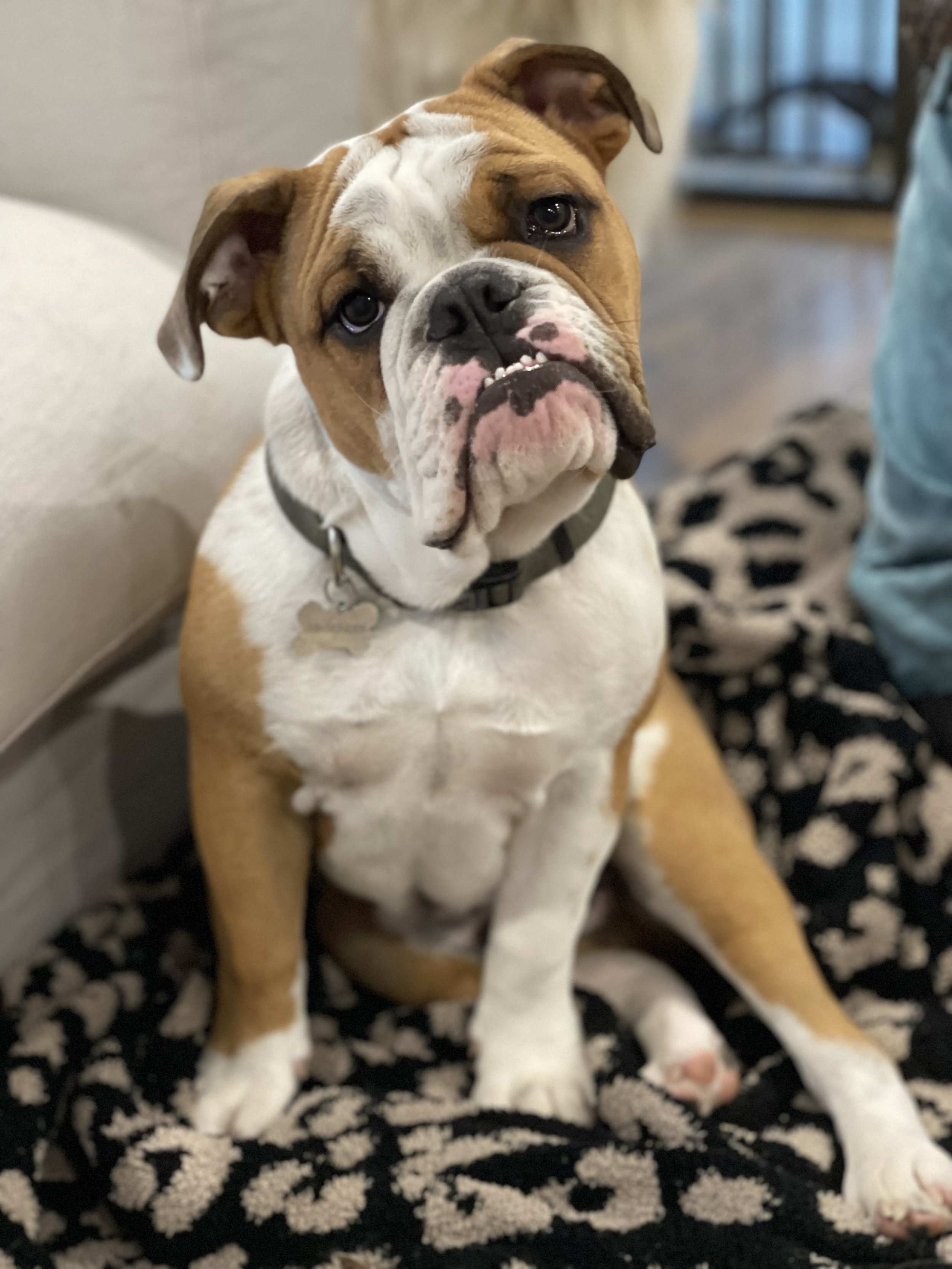
From Dizzy to Dynamic: Helping Your Dog Stand Tall Against Vestibular Disease
From Dizzy to Dynamic: Helping Your Dog Regain Balance After Vestibular Disease
When your dog suddenly tilts their head, stumbles, or seems lost in a dizzy haze, it can be terrifying. Idiopathic Vestibular Disease (IVD)—often called “Old Dog Vestibular Syndrome”—strikes without warning, leaving both dogs and their humans feeling helpless. But while the symptoms of this balance-disrupting condition are dramatic, there’s good news: recovery is not only possible, it’s probable.
In this guide, we’ll explore how veterinary rehabilitation helps dogs stand tall again—literally. From balance training and hydrotherapy to strengthening exercises and early intervention, discover how rehab restores stability, confidence, and mobility in dogs affected by IVD. Don’t let vestibular disease keep your dog down—help them thrive, one steady step at a time.

Reviving Mobility: Understanding and Treating Hind End Weakness in German Shepherds through Physical Rehabilitation
Discover the causes of hind end weakness in German Shepherds and explore effective physical rehabilitation techniques, including hydrotherapy, massage therapy, and more. Learn how early intervention can improve your dog's quality of life and keep them active and healthy.
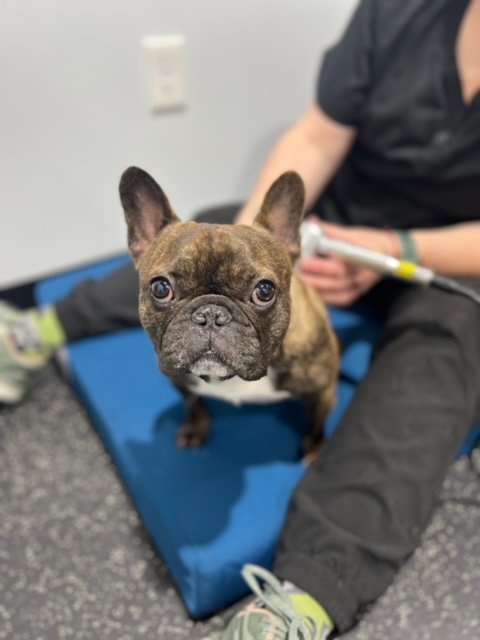
Understanding Vertebral Anomalies in French Bulldogs: How Veterinary Rehabilitation Can Help Prevent IVDD Episodes
"French Bulldogs are prone to vertebral anomalies like butterfly vertebrae and hemivertebrae, increasing the risk of Intervertebral Disc Disease (IVDD). Learn how veterinary rehabilitation, including physical therapy, hydrotherapy, and laser therapy, can prevent IVDD and enhance your dog's spinal health. Discover expert care at Resurgence Veterinary Mobility to keep your French Bulldog healthy and active."
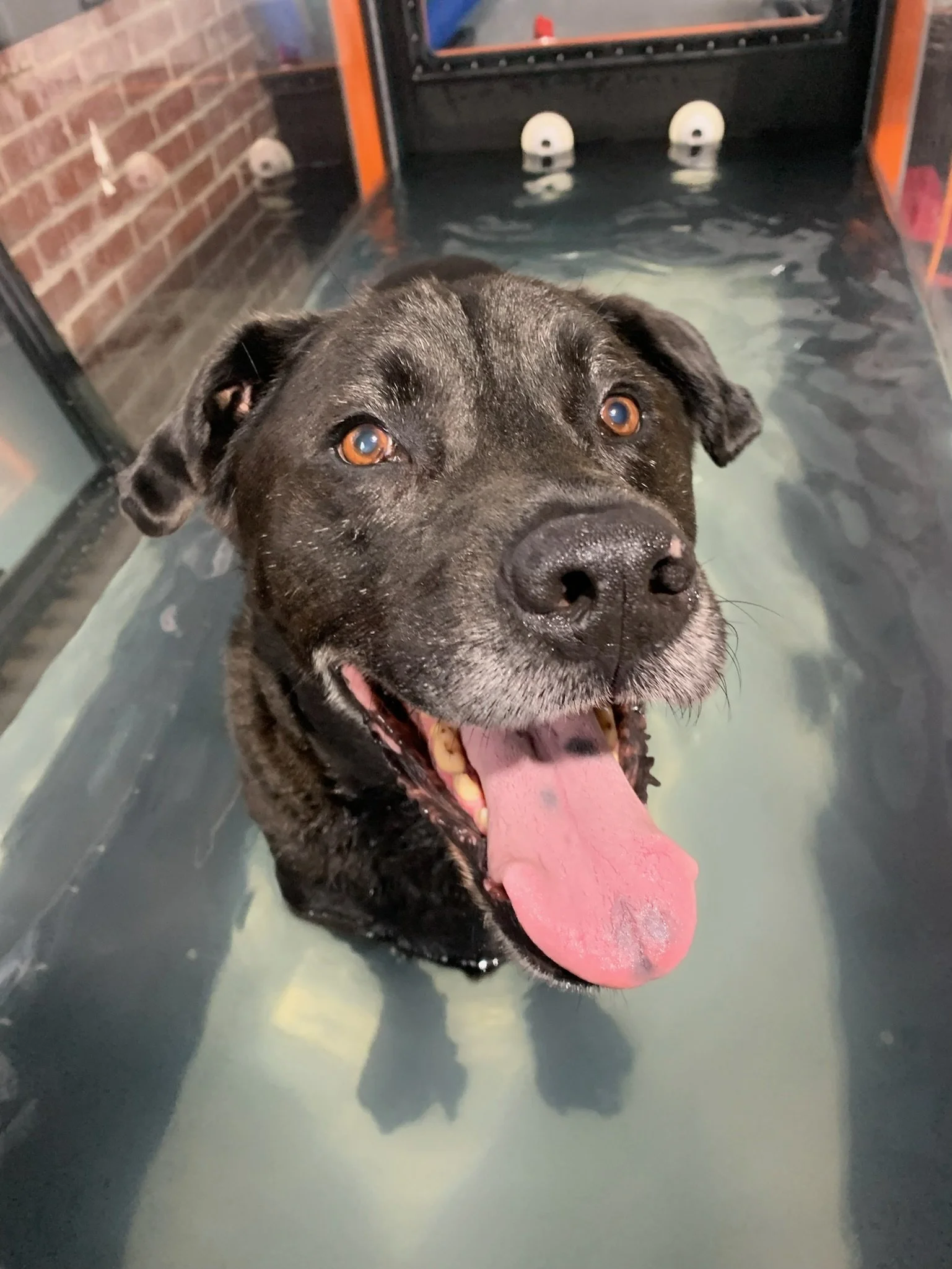
Give Your Senior Dog a New Leash on Life With Our Conditioning Program!
Many pet parents assume that a decrease in activity and mobility is simply a natural part of getting older for dogs. However, that "slowing down" could actually point to underlying weakness, joint discomfort, or pain that needs to be addressed. Don't let your dog's golden years be tarnished by restricted mobility.

Unlocking Mobility: The Journey to Recovery with TPLO Rehabilitation
In the world of veterinary medicine, technological advancements have revolutionized the way we approach orthopedic surgeries. One such procedure that has become increasingly common is the Tibial Plateau Leveling Osteotomy (TPLO) surgery, a transformative solution for dogs suffering from cranial cruciate ligament (CCL) injuries. At Resurgence Veterinary Mobility, we understand the importance of post-operative care in ensuring the best possible outcomes for our furry friends. In this blog post, we delve into the process and benefits of rehabilitation for post-operative TPLOs.
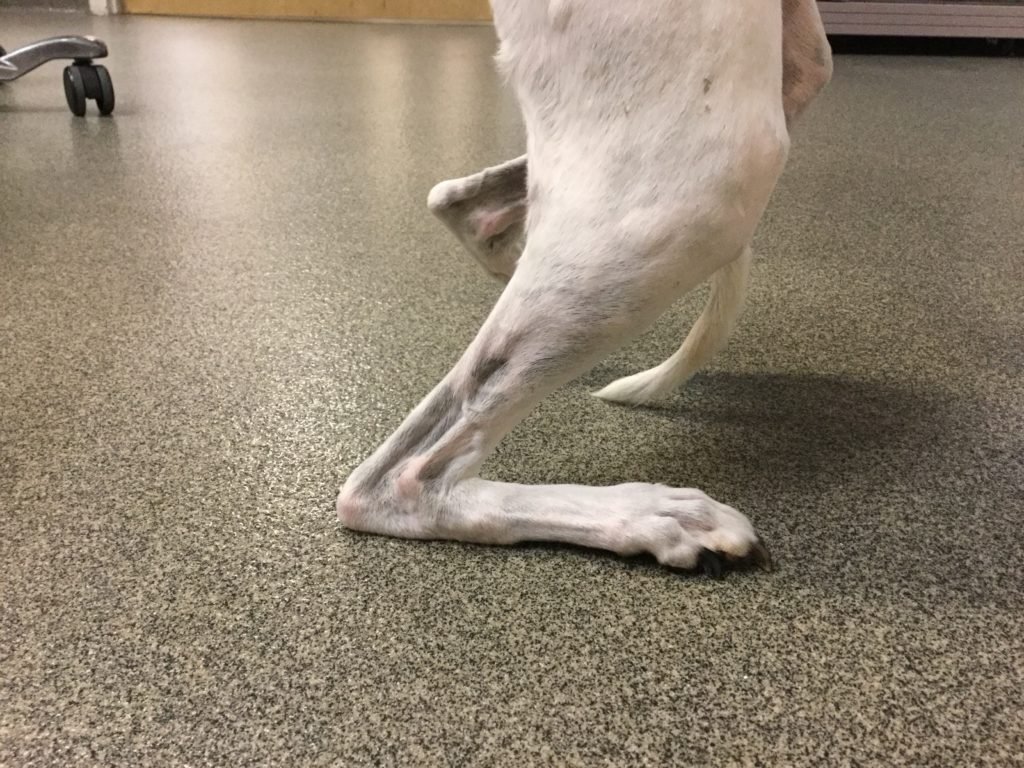
Understanding Calcaneal Tendon Injuries in Dogs: Surgical and Non-Surgical Treatment Approaches with Physical Rehabilitation
Calcaneal tendon injuries, also known as Achilles tendon injuries, can affect our four-legged companions, leading to discomfort and limited mobility. As something that we have seen a number of recently, we’ll go over symptoms and treatment options for calcaneal tendon injuries in dogs, focusing on both surgical and non-surgical approaches, with an emphasis on physical rehabilitation.

Harnessing Healing Waves: Pioneering Pulsed Electromagnetic Therapy in Veterinary Rehabilitation
In recent years, the field of veterinary rehabilitation has witnessed a groundbreaking revolution through the integration of targeted Pulsed Electromagnetic Field (PEMF) therapy. This innovative technology, originally employed in human medicine, has transcended boundaries to become a cornerstone in restoring mobility, alleviating pain, and fostering recovery in our beloved animal companions.

Winter Wellness: Caring for Arthritic Dogs and Preventing Weather-Related Injuries Through Rehabilitation
As the winter season approaches, pet owners with arthritic dogs may find themselves facing unique challenges. Cold temperatures, icy surfaces, and damp weather can exacerbate arthritis symptoms, making it crucial to provide specialized care for our furry friends. In this blog post, we will explore effective ways to care for arthritic dogs during the winter and discuss the role of rehabilitation in preventing weather-related injuries.

Anti-NGF monoclonal antibody therapy: A new option for pain relief in dogs and cats
Nerve growth factor (NGF) is a protein that plays a key role in the development and maintenance of pain nerves. In animals with osteoarthritis (OA), NGF levels are elevated in the joints, which contributes to the pain and inflammation associated with the disease.

Physical Rehabilitation Indications and Techniques in Cats
Physical rehabilitation can be a valuable tool for helping cats recover from a variety of injuries and illnesses. It can help to improve range of motion, strength, and coordination, and can also reduce pain and inflammation.
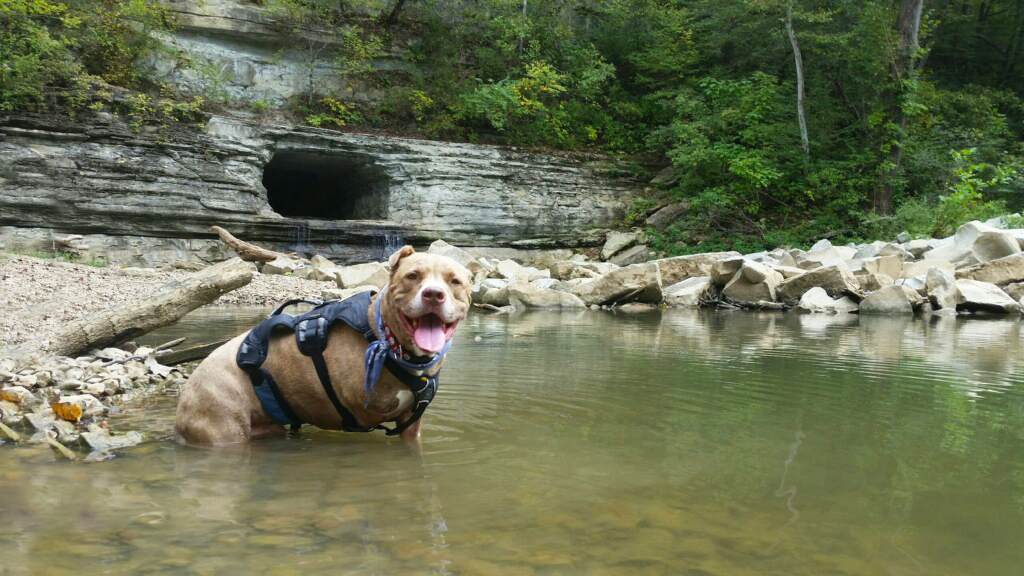
Physical Rehabilitation of Dogs with Amputations
Amputation is a common surgical procedure in dogs, and it can be a life-saving treatment for a variety of conditions. However, amputation can also be a major change for a dog, and it can take time for them to adjust to their new body.
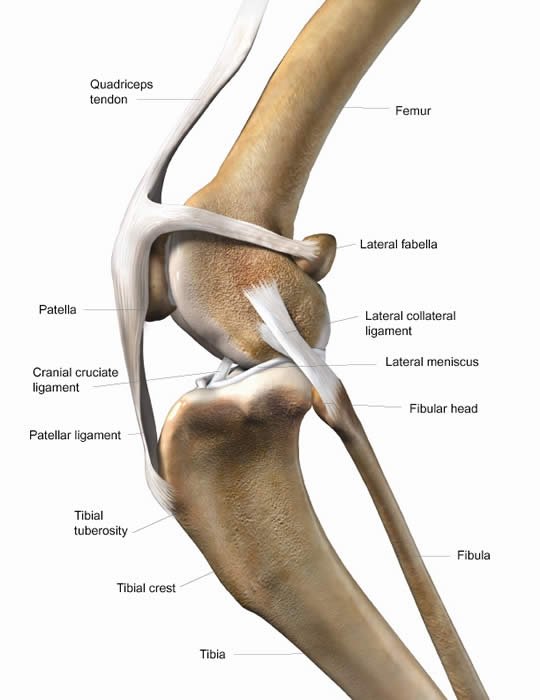
Non-Surgical Rehabilitation of Cranial Cruciate Ligament Injuries in Dogs
Cranial cruciate ligament (CCL) injuries are one of the most common orthopedic conditions in dogs. The CCL is a ligament that helps to stabilize the knee joint. When it tears, it can cause lameness, pain, and inflammation.

Veterinary Rehabilitation for Dogs: Not Just for Recovery
Veterinary rehabilitation is a growing field that offers a variety of treatments to help dogs with a wide range of conditions, including those who are not recovering from surgery or injury.

Underwater Treadmill Therapy in Rehabilitation
Underwater treadmill therapy is a type of rehabilitation that uses the properties of water to help dogs recover from injuries and illnesses.
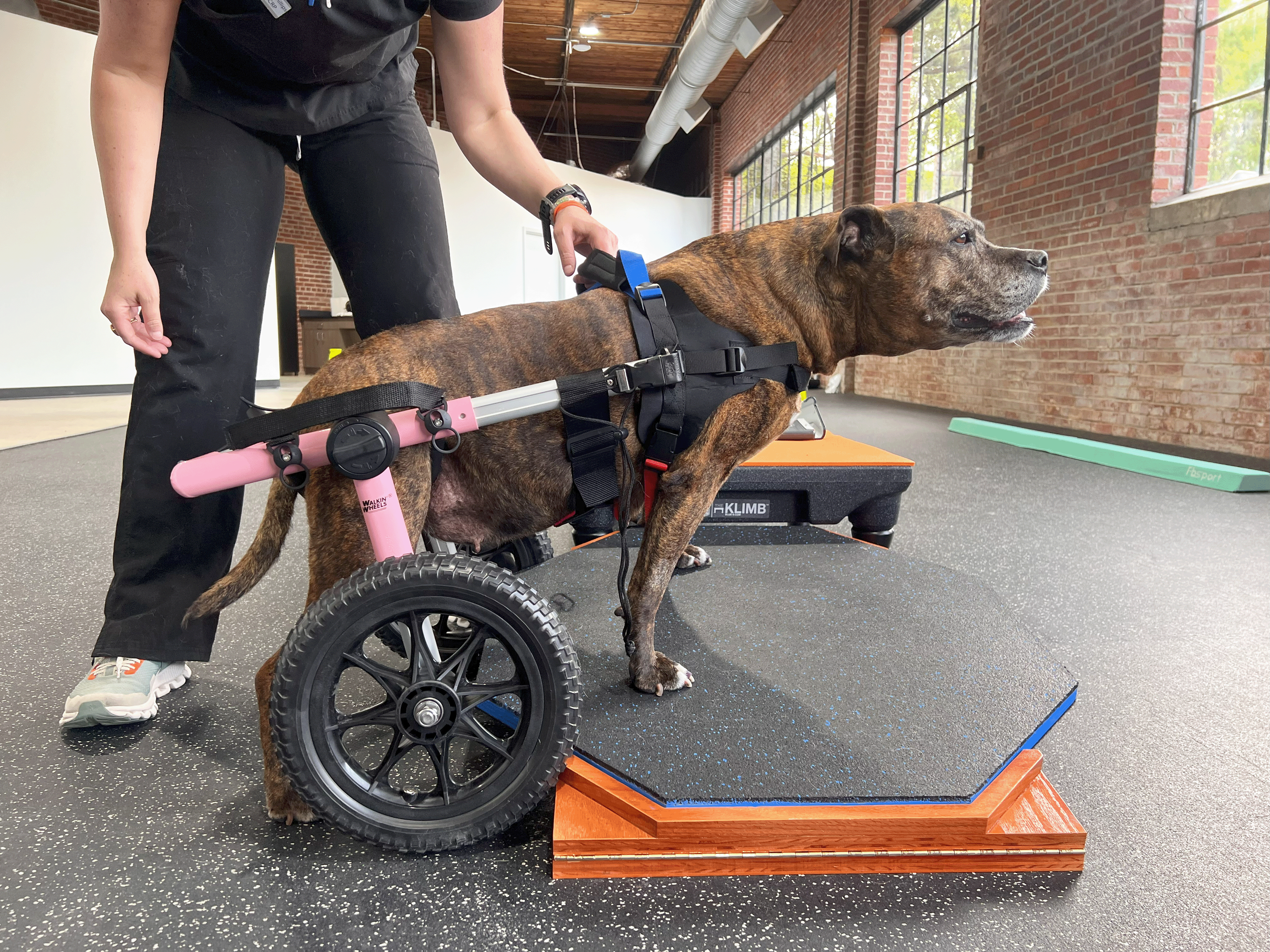
Carts, Orthotics, and Prosthetics in Veterinary Medicine: Improving Quality of Life for Our Animal Companions
Our pets are members of our families, and we want to ensure that they live long and healthy lives. Unfortunately, sometimes our furry friends may suffer from injuries or illnesses that limit their mobility, causing them to experience pain and discomfort. In such cases, veterinary medicine has a range of tools available to improve the quality of life of our animal companions, including carts, orthotics, and prosthetics.

Myasthenia Gravis- a Zebra cause of Hind End Weakness
In rehab, we see a lot of dogs that present for hind end weakness. There can be many causes, ranging from arthritis, ligament strains or tears, to disc disease and spinal strokes. One unusual cause of hind end weakness can be caused by an autoimmune disease, myasthenia gravis.
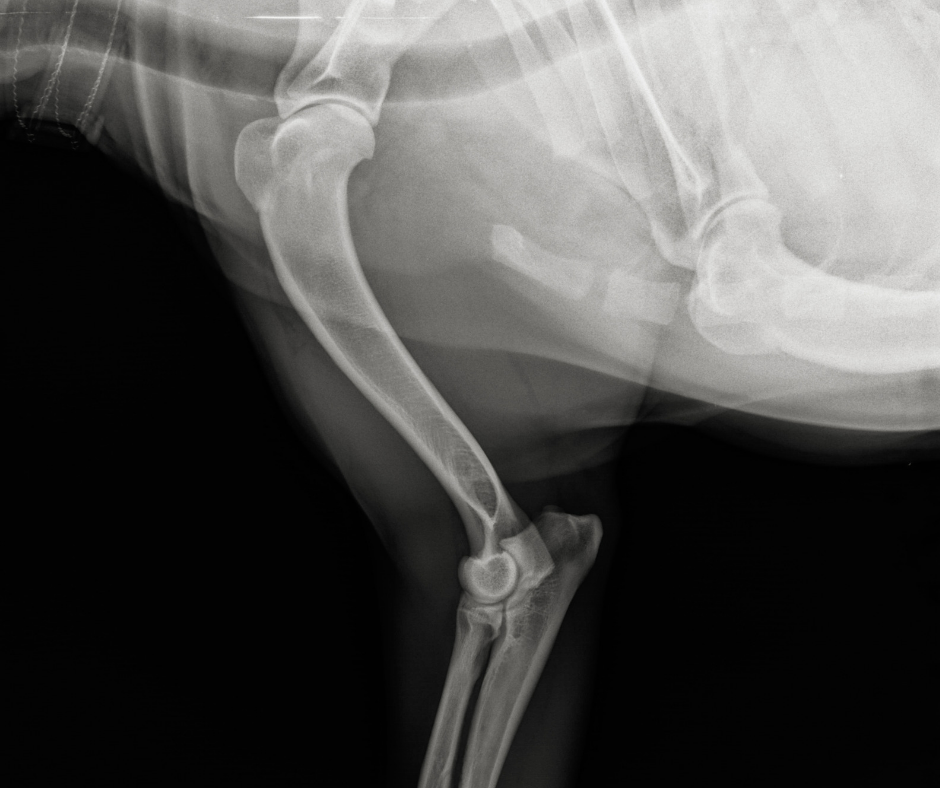
Medial Shoulder Instability
Medial Shoulder Instability can be a common cause of shoulder pain and lameness. Medial shoulder instability syndrome is a condition that affects the stability of the shoulder joint in dogs, and consists of damage to the medial glenohumeral ligament, the subscapularis tendon, and/or the joint capsule…..
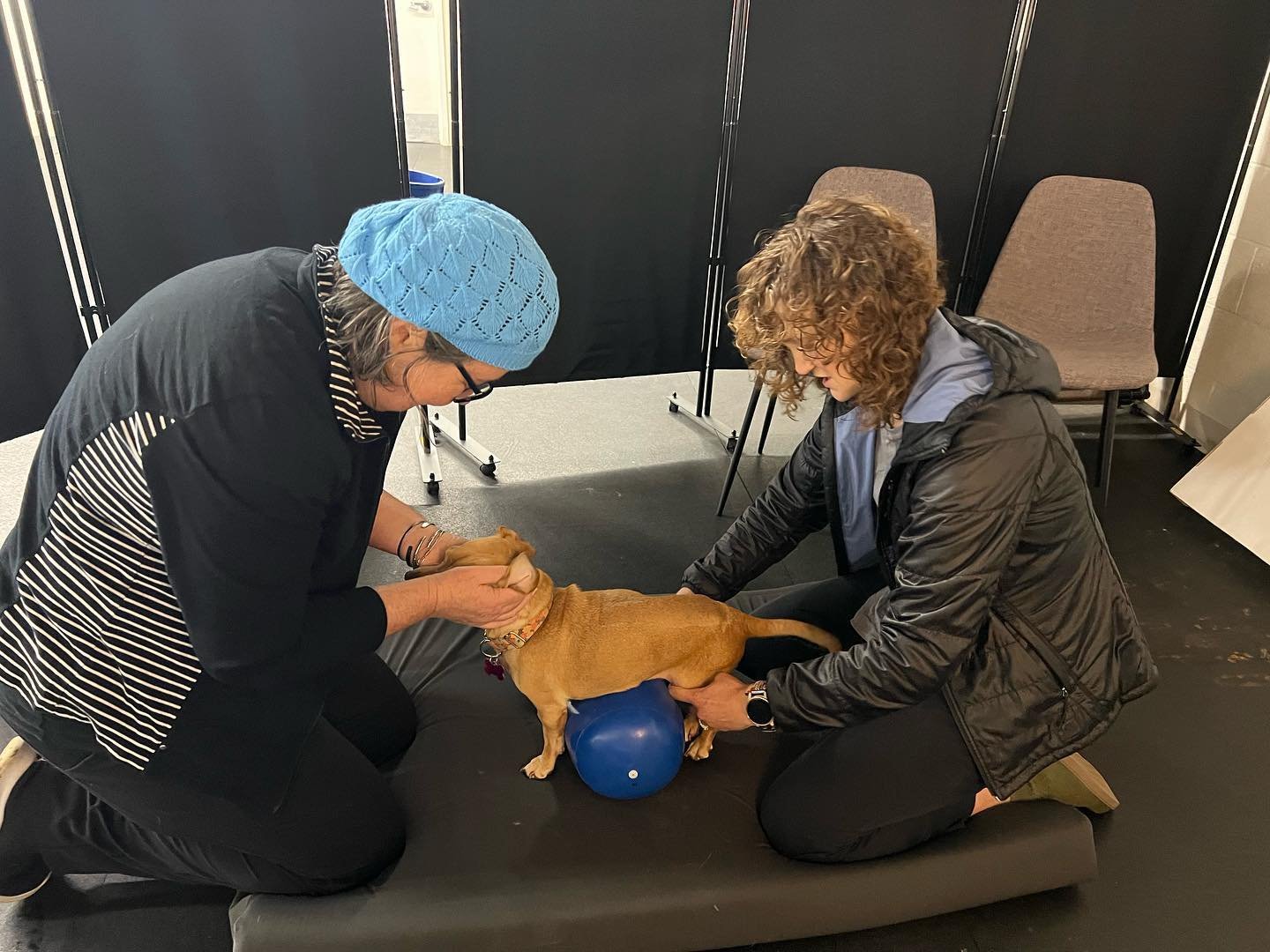
“Honey Bea”- Dream Dachshund Rescue
Honey Bea is a 6 year old female dachshund mix who came to us in October soon after we started seeing patients at Canine PhD. She sustained a back injury due to intervertebral disc disease and had very little movement in her hind limbs. We started acupuncture, laser therapy, manual therapy, and therapeutic exercise weekly, and after 2 weeks she had regained some motor control in her hindlimbs, though she wasn’t yet able to stand on her own…
